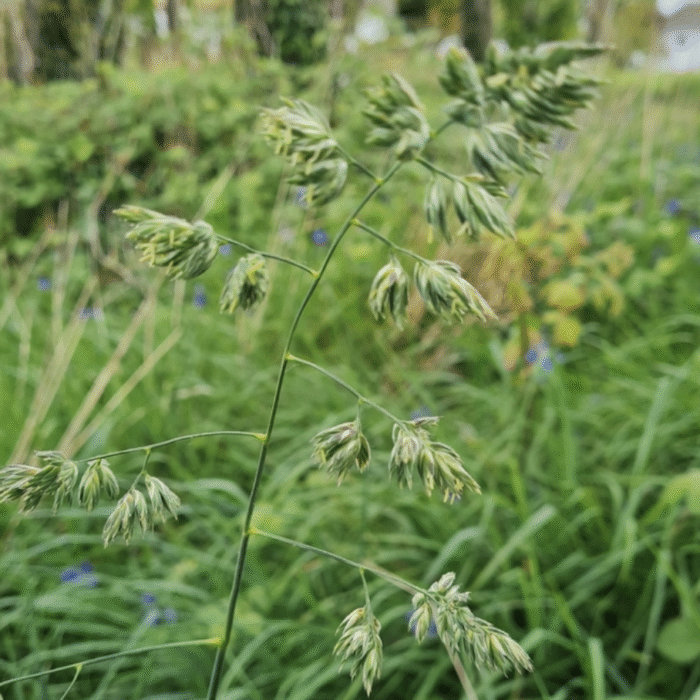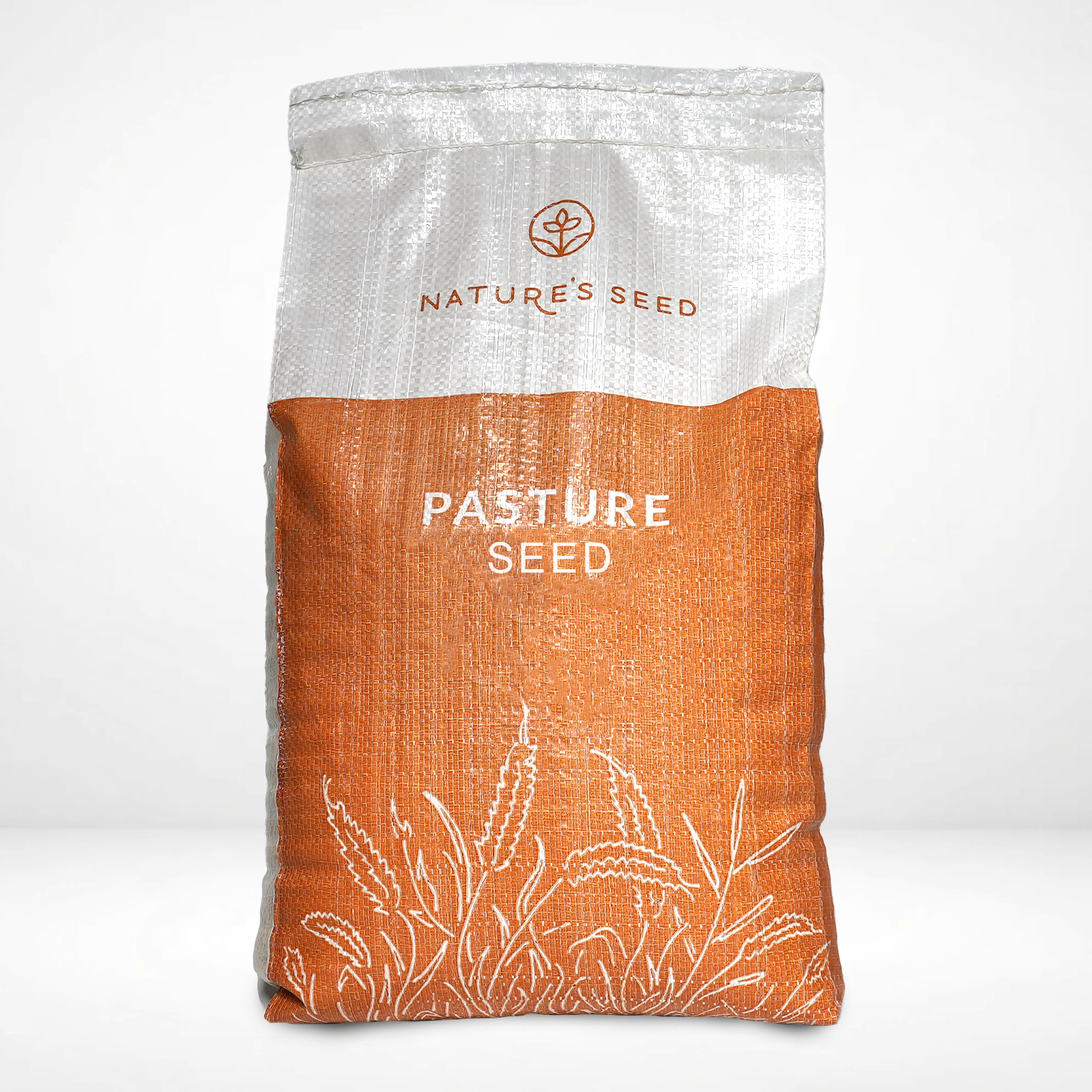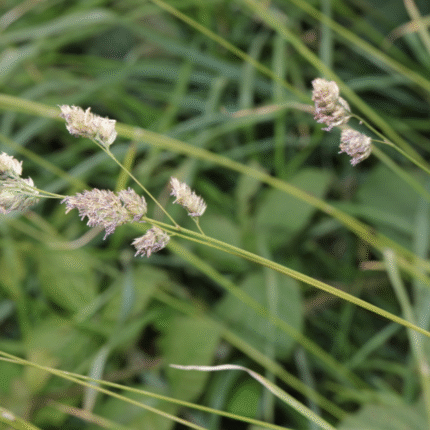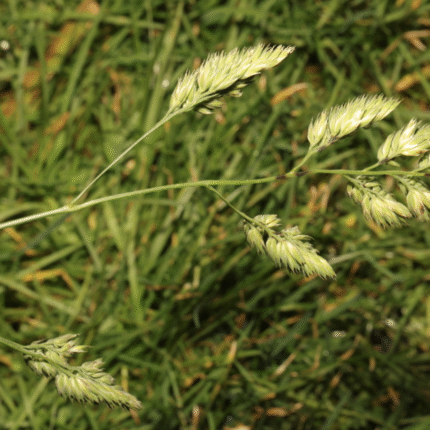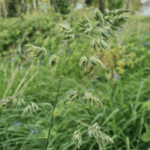
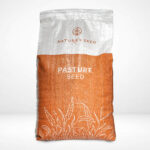
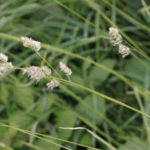
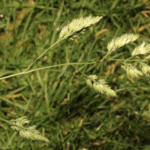
What is Orchardgrass?
Orchardgrass ( Dactylis glomerata ) is a cool-season, perennial bunchgrass with tufted clumps that enrich pastures. Called cocksfoot, this European native thrives in temperate regions with tender spring growth for livestock. Ideal for hay or pasture, it blends with alfalfa or clover to boost protein and palatability. It suits well-drained soils and rebounds quickly when cut at early heading for peak nutrition. Dense roots lock soil on slopes for erosion control, while cat-tail seed heads add texture—sow in spring or late summer for lasting vigor.
Specifications
Sun Requirement
Full Sun to Partial Shade
Soil Preference
Well-drained loam or clay-loam
Soil pH
~5.5–7.5
Time to Maturity
~70–90 days
Height when mature
~4 ft tall
Seeding Rate
20 lb/acre
Planting Depth
¼–½ inch
Orchardgrass
Dactylis glomerata | SKU: PG-DAGL
- Cattle
- Poultry
- Sheep
- Goats
- Horse
- Bison
Does This Product Grow Well in Your Region?
Check your region
$34.99 – $299.99Price range: $34.99 through $299.99
Why Choose This Seed?

Drought Performance
Orchardgrass is remarkably durable in dry climates. It will establish and persist with as little as ~16 inches of yearly rain. Its deep fibrous roots (down to ~2′) tap moisture reserves, enabling continued growth even in summer heat.

High Forage Productivity
This grass is prized for livestock forage. It starts growth very early in spring, yielding abundant cool-season biomass. Though forage quality declines if cut too late in spring, the leaf-rich regrowth is exceptionally high quality. Orchardgrass matches well with legumes: mixtures with alfalfa or clover often outperform other grass-legume mixes in beef yields. Cattle, sheep, and goats find it highly palatable.

Low Maintenance & Persistence
Once seeded, orchardgrass requires minimal upkeep. It adapts to a wide range of soils (from clay loams to sandy sites) and even low-fertility conditions. It tends to form long-lived clumps (bunchgrass) rather than spreading aggressively, so stands remain stable year after year. The grass fills in without reseeding, tolerates light shade, and responds vigorously when fertilized and grazed on a rotation schedule.
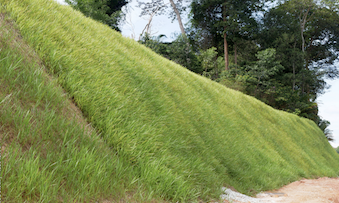
Erosion Control & Soil Health
Orchardgrass’s dense root network makes it excellent for soil stabilization. It establishes quickly to cover bare ground, reducing runoff and preventing topsoil loss on slopes or reclaimed areas. During wet springs, it forms a protective sod-like cover, and its spring/fall growth keeps soil anchored through the year. These qualities make it a common choice in conservation seeding and pasture renovation for ground cover.
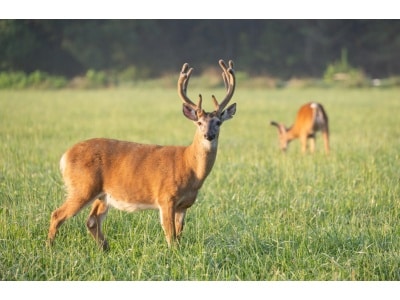
Wildlife Habitat
Beyond livestock use, orchardgrass benefits wildlife. Upland birds (turkeys, pheasants) use orchardgrass-alfalfa fields for nesting and brood cover. Deer and elk browse it willingly, gaining forage in early spring and fall. The foliage also supports insect life – for example, caterpillars of some native moths feed on orchardgrass, attracting songbirds like sparrows. While orchardgrass itself is wind-pollinated, planting it among wildflowers or legumes can create a habitat that supports bees and butterflies, along with these cover benefits.
Seed Description

Product Details
Sun/Shade
Full sun to partial shade
Height
~15–18″ tall under dry conditions (up to 2–4′ on irrigated, fertile sites)
Seeding Rate
8–12 lb/acre (broadcast); 4–6 lb PLS/acre (drilled)
Uses
Pasture, Agriculture, Cover Crop, Erosion Control
Color
Green foliage; tan-golden seedheads at maturity
Water
Low–medium (survives on ~12–18″ annual rainfall)
Native/Introduced
Introduced
Life Form
Perennial bunchgrass
Product Uses
Perfect for Lifestock Feed
Orchardgrass is primarily grown for livestock feed. It establishes well in pastures and provides cool-season grazing from spring through fall. Highly palatable to cattle, sheep, goats, and horses, it can be cut for hay or grazed directly. Managed in a rotational system (avoiding overgrazing), it produces abundant, high-quality forage, especially when mixed with legumes like clover.
Soil Binder
With its robust root system, orchardgrass is an excellent soil binder. Seeds quickly cover bare ground, making it suitable for erosion-control seed mixes and land reclamation. Its dense canopy shades the soil, and even moderate growth protects slopes from rain impact. It’s often used on banks or along waterways (where adapted) to stabilize soil once established.
Plant it and forget it
This grass works well in naturalized or low-input landscapes. It tolerates variable soils and shade and stays green early in spring. Used as a groundcover or “meadow” grass, it requires no mowing to remain healthy (though cutting can rejuvenate stands). Orchardgrass’s clumping habit and golden bloom stalks add texture without the weediness of rhizomatous grasses, making it a low-effort choice for large dry-site plantings.
Wildlife Safe
Orchardgrass fields provide shelter and forage for wildlife. Upland birds use the dense clumps for nesting and cover, while deer and elk feed on the tender shoots. Even its seedheads are used by small mammals and songbirds. By planting orchardgrass (especially in mixes with clover or wildflowers), landowners create year-round habitat for birds, rabbits, and beneficial insects.
Ornamental Appeal
Though not a typical lawn grass, orchardgrass has ornamental value in meadows and naturalized plantings. Its erect tufts of gray-green leaves and showy open seed-panicles (golden in sun) add a “prairie” look. It sprouts early green in spring and sends up attractive flower stalks by late spring. In meadow gardens or cover-crop blends, it lends height and movement, especially when interplanted with flowering wildflowers.
Questions & Answers
What is orchard grass and why do landowners plant it?
Orchardgrass (Dactylis glomerata) is a cool-season perennial bunchgrass valued for forage. Introduced from Europe, it’s planted for its high yields and palatability to cattle, sheep, goats, and other livestock. anchers also use it because it starts growing early in spring and regrows well, providing reliable pasture and hay. Additionally, its dense roots make it useful for erosion control and wildlife cover, so it’s popular in pastures, hayfields, and conservation plantings.
How nutritious and palatable is orchard grass for grazing?
Very nutritious when managed properly. Orchardgrass is highly palatable to all livestock. Young spring growth has high protein and digestibility. However, if it is allowed to over-mature before cutting or grazing, the forage quality can decline (it becomes fibrous quickly). Under a rotation system (cutting/grazing at about ankle height and allowing a 4″ stubble), it maintains quality and yields. Its regrowth (mostly leafy) is especially high in quality, so frequent harvesting keeps the feed value up.
How should orchard grass be planted (seed rate, depth, timing)?
For best results, prepare a firm, weed-free seedbed. Seed in late summer (Aug–Sept) or early spring (Mar–Apr) when the soil is cool. Use about 8–12 lb/acre of clean seed for a monoculture (or 4–6 lb PLS/acre if drilled). Plant shallowly: about ¼ to ½ inch deep. After sowing, firm the soil to ensure good seed-soil contact. Orchardgrass establishes quickly, especially when included with a companion legume (alfalfa or clover) to improve pasture longevity.
Does orchard grass need a lot of water? Is it drought tolerant?
Orchardgrass is moderately drought-tolerant. It establishes and persists on annual rainfall of ~16 inches or more. It will germinate and grow with as little as ~12 inches over the year. The deep root system helps it survive dry periods, making it suitable for drier climates. However, it does best with steady moisture in cool seasons – growth may slow in summer heat. Supplemental irrigation or rainfall will maximize growth, but it will still produce forage during moderate droughts.
How should orchard grass be grazed or harvested?
Wait until the stands are about 6 inches tall before first grazing or cutting. Avoid overgrazing new seedlings (don’t graze until late summer of the establishment year). Maintain a 4-inch residual stubble during grazing to keep crowns healthy. Orchardgrass responds very well to rotational (deferred) grazing: allow periods of rest between grazings. This preserves the stand’s health and prevents thinning. Typically, you should remove no more than ~60% of growth at a time. Fertility inputs (especially nitrogen) will boost regrowth; orchardgrass is quite responsive to N.
Can I use orchard grass like a lawn or ornamental grass?
Orchardgrass is not suitable as a fine lawn grass. It grows in coarse clumps (bunchgrass) up to 1–2′ tall, rather than forming a uniform turf. It’s best used in pasture or meadow settings. However, its arching seedheads and cool-season green make it attractive in naturalized plantings. It can be part of ornamental meadows or fields where a grassy texture is desired. Just note that it will create a tall, tufted look – it won’t “fill in” like fescue lawn turf.
Still have
questions?
Our planting experts
are here to help.
customercare@naturesseed.com
Response time:
Within 1 business day
Reviews
Orchard Grass (Dactylis glomerata) – A resilient cool-season perennial grass for pastures, hay, and erosion control. Thrives on as little as 16–18″ annual rainfall and tolerates partial shade, making it ideal for ranchers in USDA Zones ~4–8 (Midwest, Appalachians, Pacific Northwest, etc.). Highly palatable to cattle, sheep, goats, and deer, it establishes quickly, forms dense roots for soil stabilization, and provides excellent grazing and cover habitat.
| Dimensions | 3 in |
|---|---|
| Sun/Shade | |
| Est Rate | |
| Height | |
| Seeding Rate | |
| Uses | , , , , |
| Color | , , |
| Water | |
| Native | |
| Life Form | |
| Lowest price | |
| Pounds | , , , , |
| Coverage Area | , , |
Related Products
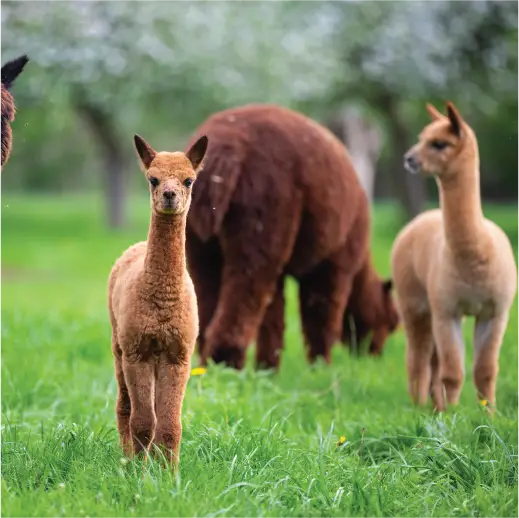
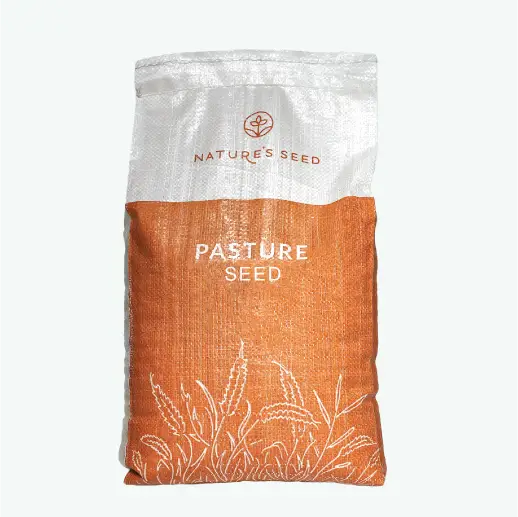
Alpaca & Llama Forage Mix
(4.7) - 145 reviews
$2.40/lb
Alpaca/Llama
Northern USDA Regions (3-5), Southern USDA Regions (8-10), Transitional USDA Regions (6-8)
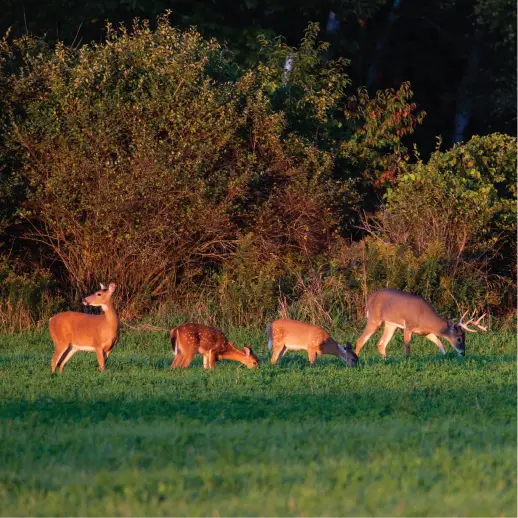

Big Game Food Plot & Forage Mix
(4.7) - 145 reviews
$2.40/lb
Bison
Northern USDA Regions (3-5), Southern USDA Regions (8-10), Transitional USDA Regions (6-8)


Cattle & Dairy Cow Pasture Mix | Cold & Warm Season
(4.7) - 145 reviews
$3.20/lb
Cattle
Northern USDA Regions (3-5), Transitional USDA Regions (6-8)
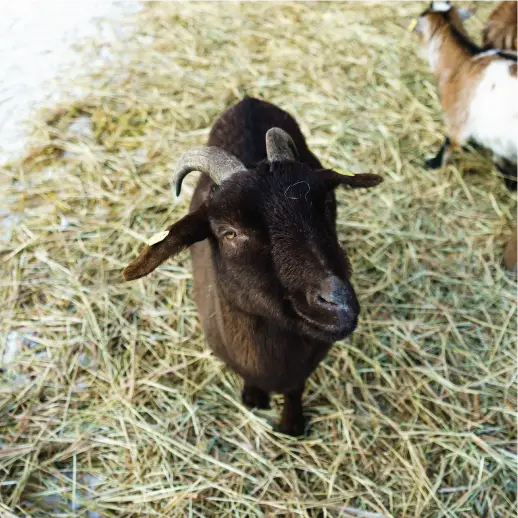

Goat Pasture & Forage Mix | Cold Season
(4.7) - 145 reviews
$4.20/lb
Goats
Northern USDA Regions (3-5)
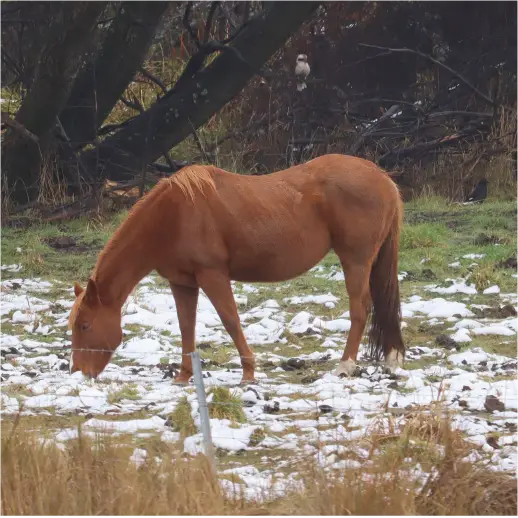

Horse Pasture Mix | Cold Season
(4.7) - 145 reviews
$2.40/lb
Horse
Northern USDA Regions (3-5)
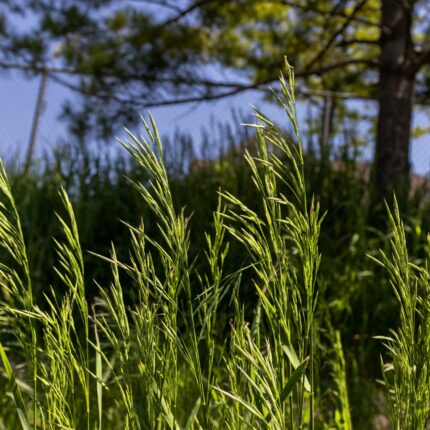

Tall Fescue
(4.7) - 145 reviews
$7.09/lb
Cattle, Poultry, Sheep, Goats, Bison, Alpaca/Llama
Northern USDA Regions (3-5), Transitional USDA Regions (6-8)
